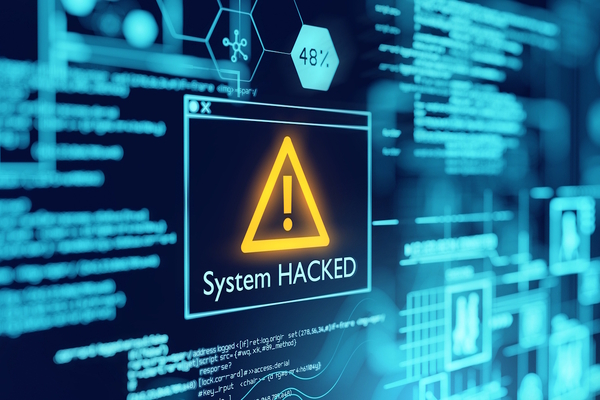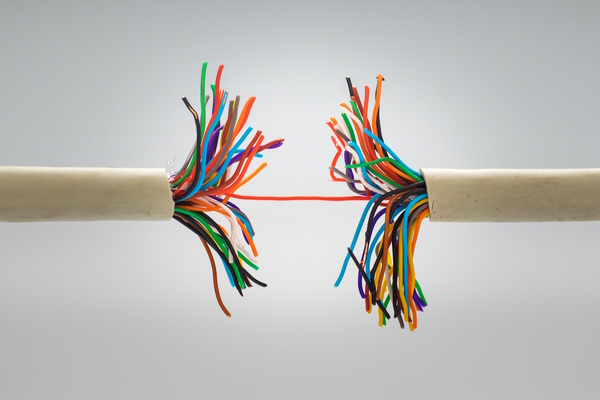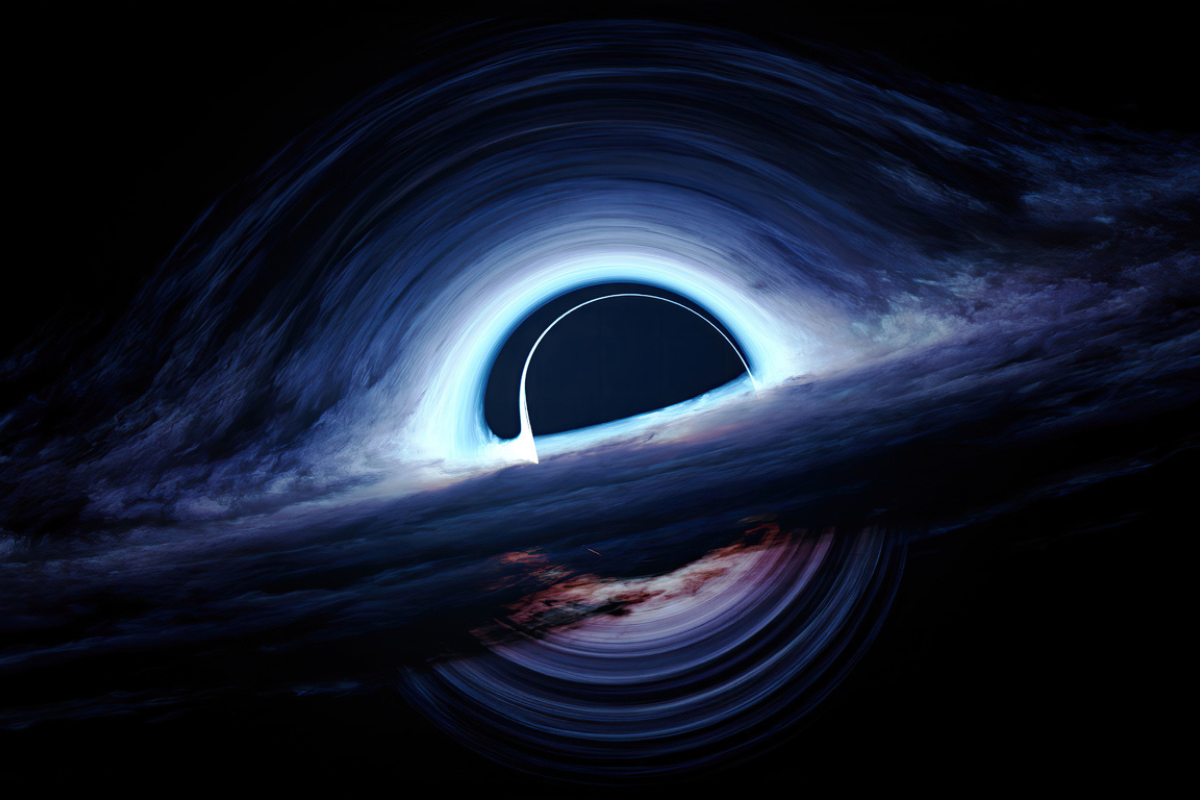AI, threat detection and the future of networking

Alan Hayward at SEH Technology explores the role of threat detection in the future of networking and discusses the importance of building a proactive networking security strategy
Data is at the heart of the modern economy, and networks are the highway for the transmission of digital information.
With networks critical to people and businesses today, they are also a target for bad actors, with the UK National Cyber Security Centre finding that ransomware is having a real impact on businesses. Recent ransomware attacks are having an impact on organisations ranging from SMBs to large corporations globally, demonstrating the need for prevention and that nobody is immune from today’s cyber-threats.
But what do businesses need to think about in the face of ransomware and other cyber-security threats? It’s important to consider the future of networking and where threat detection and AI can help organisations stand firm against cyber-crime.
The future of networking
The evolution of networking and the emergence of IoT will place a strain on both existing and new networking infrastructures. More devices will lead to more data being transmitted over networks at increasing rates and speeds. Ericsson expects the number of IoT connections to increase from 13.2bn in 2022 to 34.7bn in 2028, a CAGR of 18%. The numbers clearly state that the IoT evolution is already well underway, and networks need to be ready to handle the forecasted increases.
Today, networking is such a foundational element of life that there’s an expectation for infrastructures to be reliable as well as secure. Hybrid working and the cloud are undeniably beneficial for people, but these developments make it easier for networks to be penetrated by any bad actor who is connected to the internet, putting networks directly in the line of fire.
Networks are immensely beneficial to people today but they can also be the conduit for cyber-crime activities. Organisations need to be one step ahead by adopting the right security tools.
AI, a double-edged sword?
Artificial intelligence has dominated the technology headlines as of late, with people wondering what developments in generative AI mean for them and for the society of the future. In the realm of cyber-security, AI is a double-edged sword, playing a part in solutions but also being used conversely to improve cyber-attacks.
AI can augment cyber-attackers by combining machine learning with large-language models, giving the potential for cyber-attacks to reach new heights when it comes to speed, complexity and scale. Yet, AI is also being heralded as a game-changer in the cyber-security sector by enhancing protection offerings, particularly in the areas of threat detection, AI and response.
Threat hunting
AI-powered systems can be constantly on guard against networking threats by monitoring traffic, identifying anomalies and detecting unusual activity such as unauthorised access or unusual data transfers, that could reveal a breach.
In addition, AI can be used in a preventative way by identifying possible vulnerabilities in networks and an organisation’s security infrastructure before they can be infiltrated.
The information uncovered by AI can help security measures to be bolstered ahead of upcoming assaults and system vulnerabilities. This approach is known as threat hunting. It is a proactive approach to cyber-security. The difference between threat detection and threat hunting is that the latter aims to search networks and endpoints to uncover activities that existing tools have failed to notice.
Combining threat detection and threat hunting ensures that there’s relevant information to aid hunting initiatives. Previously, security experts have relied on alerts and other measures to notice a breach. Hunting puts them on the front foot by understanding the behaviours of bad actors in advance.
In the future of networking, automation will be able to aid threat-hunting efforts and free up the time of staff for other tasks. Automation can sift through huge amounts of data in reduced timeframes and can decide on the appropriate response for a threat.
The technologies of the future combined with larger networks will put a strain on cyber-security professionals. Without automation, they could end up struggling to contain threats without automation tools.
The networks of tomorrow
Looking into the future, it’s inevitable that there will be more data and vast networks to cope with those increased volumes. Networks will also have an even more critical role in society as sensitive workloads move to the cloud and digital transformations evolve. It’s been said that data is the new oil and without networks data simply can’t get to where it needs to, but it needs to happen in a secure manner.
AI, far from being viewed as a problem, could indeed be the solution to many cyber-security woes to help organisations face the digital future with confidence.
Alan Hayward, Sales and Marketing Manager at SEH Technology
Main image courtesy of iStockPhoto.com

Business Reporter Team
Most Viewed
Winston House, 3rd Floor, Units 306-309, 2-4 Dollis Park, London, N3 1HF
23-29 Hendon Lane, London, N3 1RT
020 8349 4363
© 2025, Lyonsdown Limited. Business Reporter® is a registered trademark of Lyonsdown Ltd. VAT registration number: 830519543





